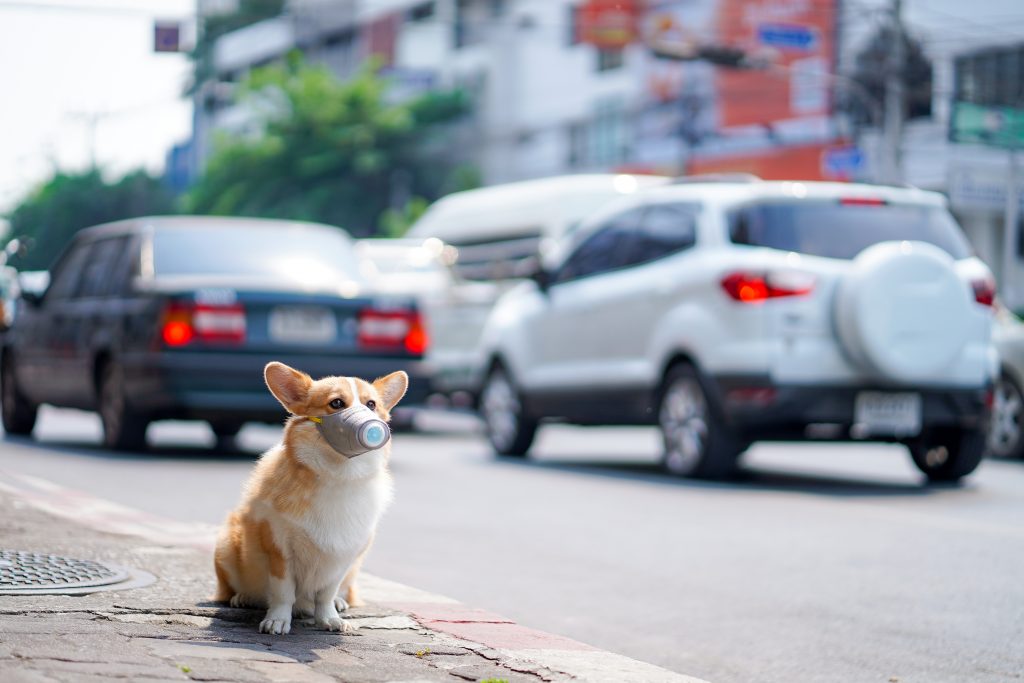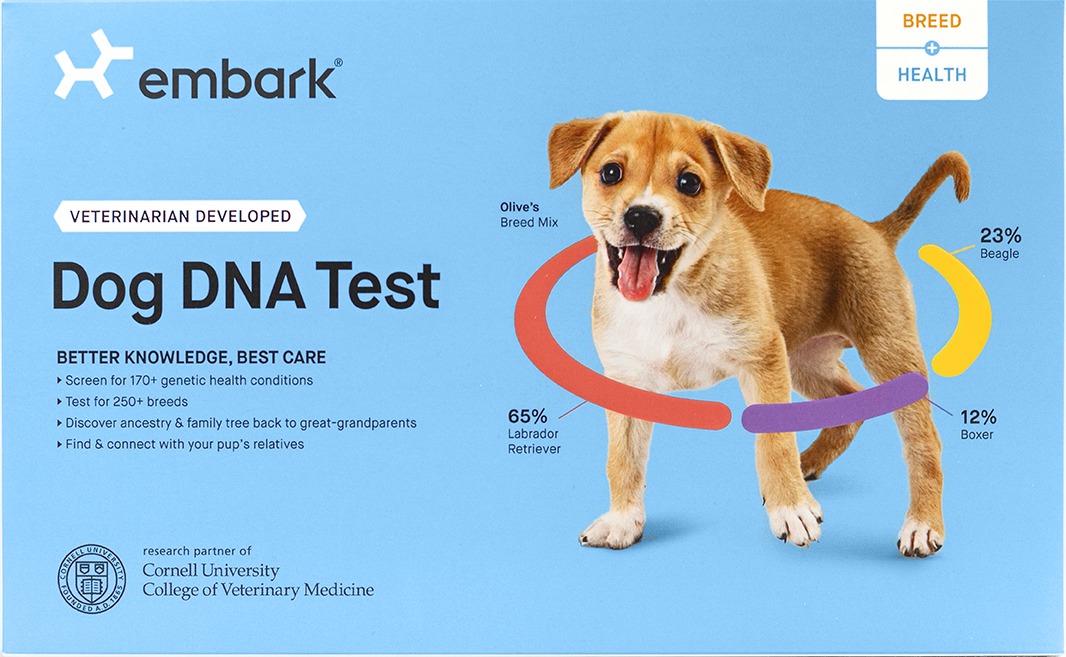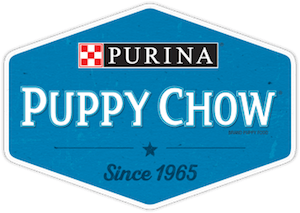Long-Haired vs. Short-Haired German Shepherd: What’s the Difference?
There are many reasons why the German Shepherd is one of the country’s most popular breeds. They’re handsome, they’re intelligent, and they’re excellent with kids. They also come in two different coats – the celebrated short-hair, and the somewhat ignored long-hair. Why is one coat revered and the other obscure?
The Coat and the Club
The primary difference between a short-haired GSD and a long-haired GSD is obviously the coat. But the difference in fur covering is much more complex than merely one dog having shorter hair than the other. In a way, it’s the engine that drives public perception of the breed.

The Long-haired German Shepherd, also known as the Coated German Shepherd or Long Coated German Shepherd, has longer hairs around their tails, faces, ears, bellies, hindquarters, and behind their legs. These hairs are soft and silky.
What most of them don’t have, however, is the undercoat like a Short-haired GSD. This creates a bit of an interesting anomaly. Long-hairs have longer hair than Short-hairs, but Short-hairs have more actual hair than Long-hairs.
This discrepancy makes a huge world of difference, particularly in the world of competitive dog shows. Long-hair GSDs are not recognized by the American Kennel Club (AKC), because according to them, their coat is a “fault” and therefore does not meet the breed standard. As such, they aren’t permitted to participate in dog shows.
To further complicate things, there are some Long-haired GSDs that do have a double coat, just like the breed standard Short-haired version. Despite this, they are also not recognized by the AKC and therefore cannot participate in dog shows.
This may not seem to be a big deal at first. However, the fact that the AKC does not recognize the Long-haired GSD means that they aren’t bred nearly as often as their Short-haired counterparts. Hence, you may be a relatively savvy dog owner and not have an awareness that the Long-haired GSD exists.
To make matters even weirder, the Long-hair GSD is still considered a purebred GSD. In other words, this unique variant of the breed is still part of the club, although it’s not allowed to participate in any of its functions.
Plush-Coated German Shepherds: The In-Between GSD
There is also a third type of German Shepherd that’s considered to be a purebred. This particular one falls somewhere between the Short-hair GSD and the Long-hair GSD because its coat is too long to be considered a Short-hair and too long to be considered a Long-hair.
These medium-coated GSDs are referred to as being plush coated. Even though their hair is longer than a Short-hair GSD, they are double-coated, as they feature a wool-type undercoat and a longer outer coat. Needless to say, these plush coated pooches aren’t recognized by the AKC.
What Are There Fundamental Difference Between Long-hair and Short-hair GSDs?
The discrepancy in coat between the Long-hair and Short-hair GSD is not the only different between these two dogs. What’s interesting, is that the coat length serves as a prime mover for a lot of these differences.
For example, Short-hair GSDs are much better suited for work in cold weather than their Long-hair counterparts. The Short-hairs’ wooly, waterproof undercoat provides them with extra insulation which provides them extra heat during the winter months. Long-hairs, while having a longer coat overall, do not have such protection.
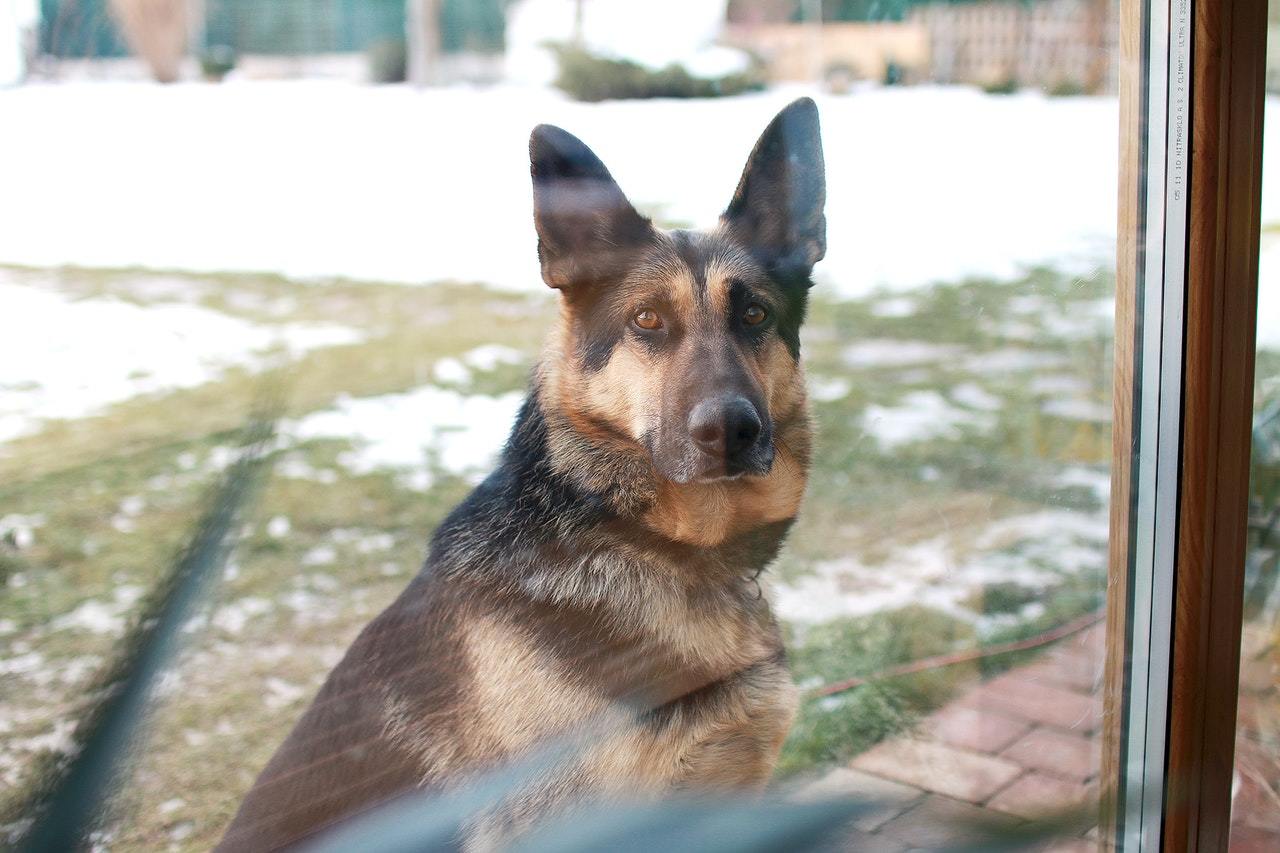
As a result, Long-hairs are not bred to be worker dogs in the same vein as Short-hairs. When you see a GSD doing some of the noble tasks associated with the breed, such as police work, military aid, or guide and service assistance, you’re going to be looking at a Short-hair every time.
This lack of undercoat may cause you pause if you’re interested in owning a Long-hair GSD yet live in cold weather. While the Long-hair will still need their exercise and activity requirements met, their lack of heartiness in comparison to their Short-haired counterparts might make meeting these requirements a little trickier.
The discrepancy in the coat is thought to influence the respective dog’s personalities. Since short-hair GSDs are bred to be working dogs, they’re thought to be more focused and intense on carrying out jobs. This has a tendency to make them somewhat aloof, particularly toward strangers.
Long-hair GSDs, on the other hand, are thought to have a better temperament because they aren’t bred to be workers. As such, they’re thought by many to be more eager to please and tend to fall in line with what their owner desires much more readily.
While this particular discrepancy hasn’t been proven scientifically, the mindset that drives the notion of Short-hair GSDs having a worse temperament than Long-hairs is pretty prevalent. If you’re interested in a GSD but are somewhat intimidated by a Short-hair GSD’s reputation, a Long-hair GSD is something you may want to consider.
Short-hairs, Long-hairs, and Shedding
Since there is a difference in coats between the Short-hair GSD and the Long-hair GSD, you may be inclined to think that there is a difference in the amount of shedding between the two. After all, the Long-haired version only has one coat to worry about, whereas the Short-haired counterpart has the double coat.
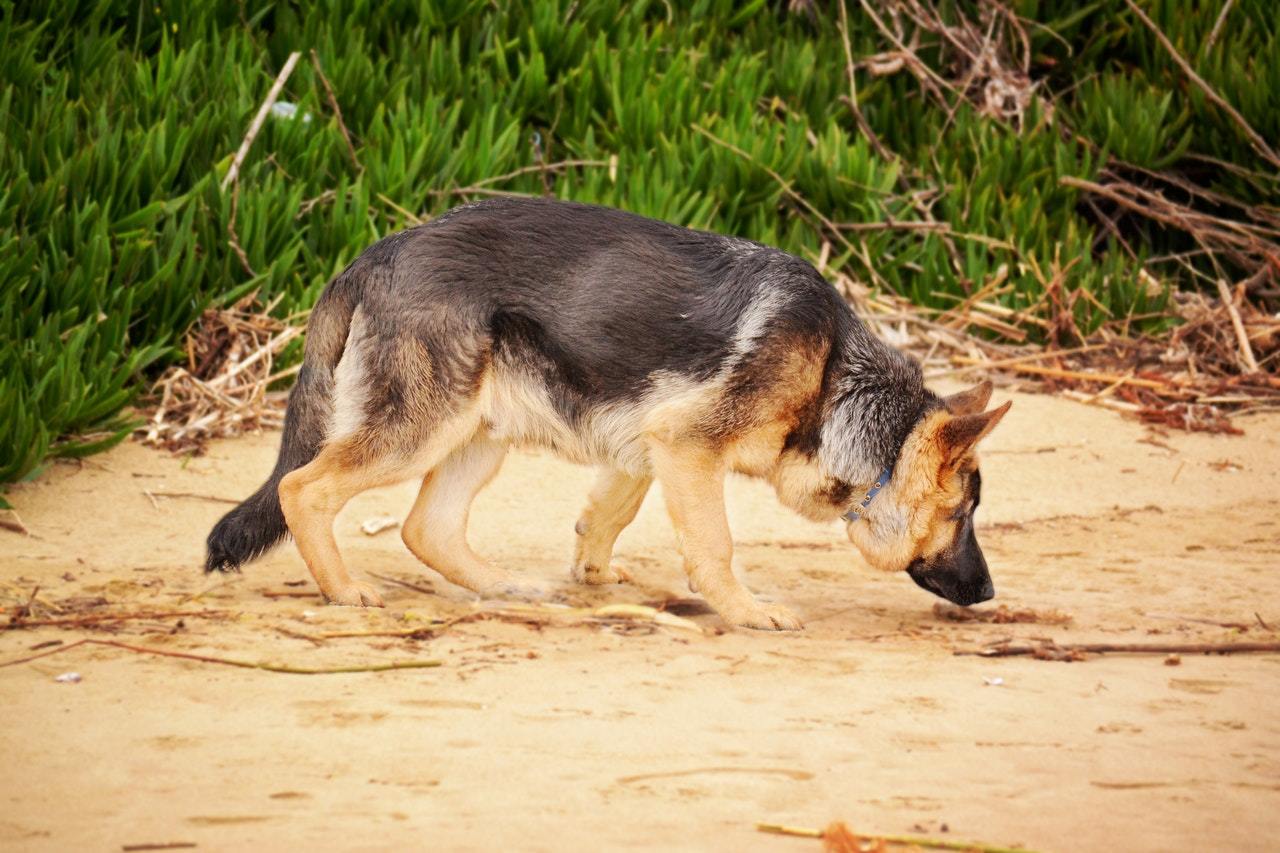
There is indeed a difference, but it’s not as big of a difference as you may think. As one may guess, the double coat on a Short-hair GSD does translate to a greater amount of shedding throughout the year, particularly as the weather gets warmer and the double coat is not needed as much.
However, the Long-haired GSD will shed a lot more than you may think. The reason for this has to do with the dog’s hair length. Because of the pooch’s long hair, the hairs that are shed have a tendency to get trapped within the Long-hair’s coat.
Because of this, you won’t see as much hair scattered all over the house, but you will see a bunch of hair fall out of the coat when it gets brushed as part of the regular grooming process. While this may mean that it’s easier to “clean up” after a Long-hair GSD, it also may create an illusion that the dog doesn’t shed as much as Short-hairs.
In reality, owning a Long-hair GSD doesn’t necessarily give you a break. GSDs as a whole are heavy shedders; one of the worst shedders of any breed out there. They shed all year round, and they do have a couple of times a year where their shedding gets particularly heavy.
There is a reason why the GSDs – both Short-hair and Long-hair – are shedding machines. When they were initially bred, they were done so with the intent to be working dogs use for herding sheep or farming. Because this work was needed all year round, they needed to be well suited to handle different weather conditions.
The shedding allows the GSDs to keep their coats functioning at its optimum level. It’s not unlike a bird that sheds and replaces its feathers during molting season. Even though the Long-hair doesn’t have an undercoat, the biological directive to shed is still intact.
The high point of shedding season for the GSD is in the spring and the autumn. As summer approaches, the Short-hair GSD will shed the thicker undercoat, replacing it with a thinner coat to keep them cool during the hot summer months. When the fall rolls around, this summer undercoat is dumped, and the thicker undercoat returns.
related resources
Regardless of what kind of GSD you have, it’s imperative that you brush your big buddy on a regular basis. Even as the GSD dumps hair all over the place, the hair that remains still can get matted and tangled.
This causes more than just a coat that doesn’t look healthy. Excessive matting can put a GSD into some pain, as hairs that get entangled en masse with other hairs could result in the dog’s flesh to be tugged in different directions at the matted hair’s roots.
Regular brushing will put a halt to this issue. It will also reduce the amount of hair that you have to sweep up or vacuum in your home. And as anyone that has ever owned a GSD of either coat length can tell you, it’s pretty important to nip the shedding issue in the bud as much as possible.
It’s Still a German Shepherd!
Even though there are distinctive differences between the Long-hair GSD and the Short-hair GSD, they are still the same breed. What this means is, they share a lot of the same traits that makes welcoming a GSD into your home such a worthwhile endeavor. In other words, most of their differences are skin-deep.
Regardless of what the length of hair you get, you’ll find your GSD to be a highly intelligent, loyal dog that will stop at nothing to protect the family he loves. You’ll also find him to be an energetic, athletic dog that thrives on various types of activity. If this is the kind of dog that appeals to your sensibilities, the GSD is right for you.


